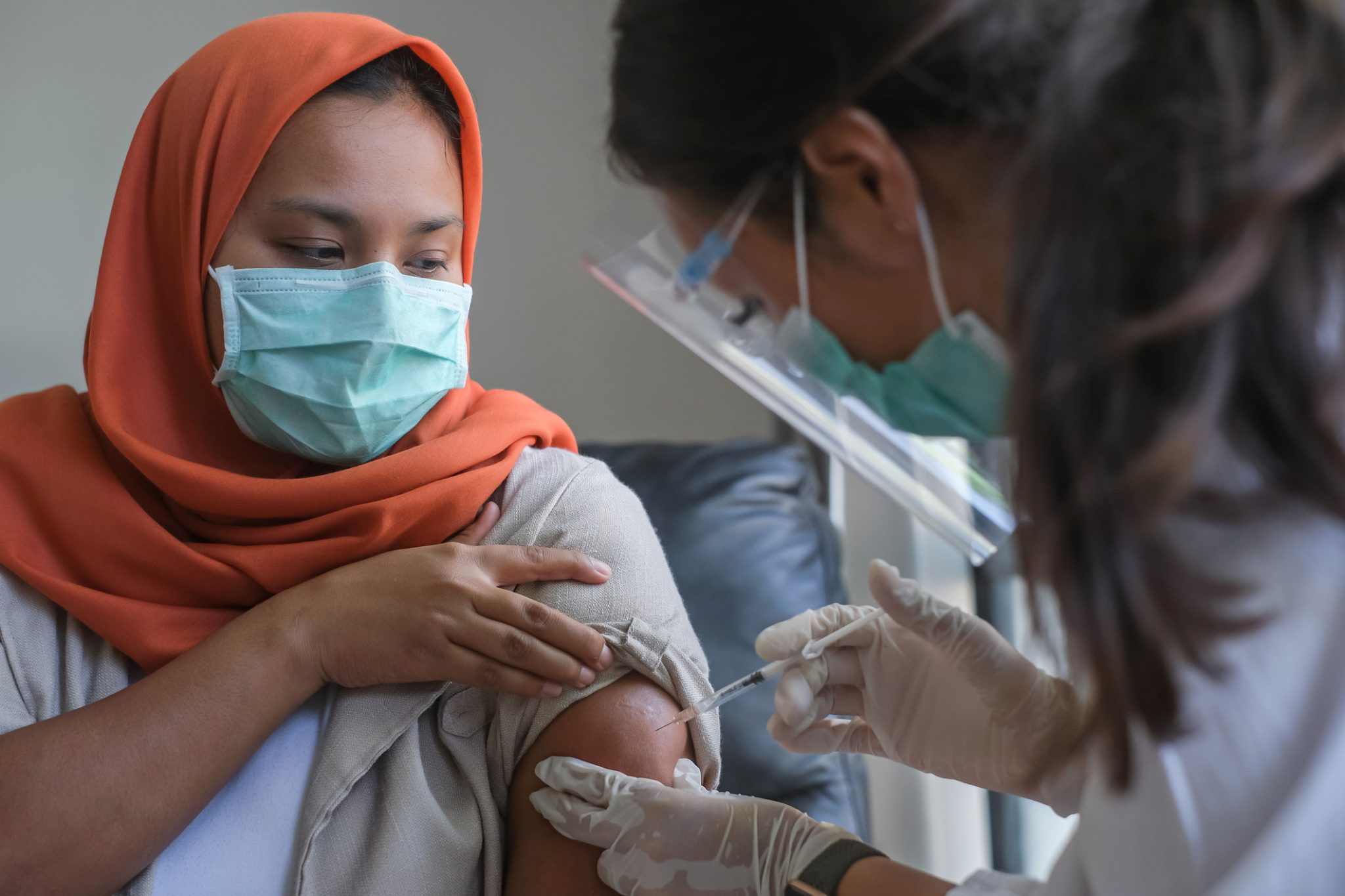Caring for All: National Minority Health Month
APR 30, 2023Providing information in a person’s chosen language is just one way we can help improve the health of people in ...
Read More
They say July is the most dangerous time to be a patient in the hospital. On the first of that month all the recent medical school grads become newly christened interns, stepping up to cover hospital call with about as much practical experience as a newborn baby on its birthday. (Never mind the fact that statistics don’t support the validity of this oft-quoted maxim—in truth, it seems that January is the month marred with the highest death rate, according to the U.S. National Center for Health Statistics, and that July is healthier than the yearly average.) But patients aren’t the only ones who quake with fear as they set foot into the hospital on July 1st—new interns, as I know from experience, suffer their own pre-traumatic stress as their years of indentured servitude commence.
My youngest brother is a 2011 graduate who started work as a new member of the residency corps on July 1st. For him it was the neonatal ICU that was his trial by fire and I’m pleased to report that both he and his minuscule patients have thus far survived. My own post-graduate medical career started years ago in an emergency room and I can still recall my very first order as a new MD: Tylenol for a patient with a headache (embarrassingly, I had to look in my pocket drug handbook for the dose).
In my day, internship and residency were widely understood to be 3 to 7 years of 100-hour workweeks and extensive sleep deprivation, all for a salary that works out to be much less than minimal wage. The ultimate reward for this sacrifice is a career in medicine—which, of course, is a life of long hours and sleep deprivation but with better pay. My own residency was pretty benign compared to what some of my classmates experienced. I was on call about one in every three or four nights as a resident in internal medicine. My longest week was one around the December holidays where I spent 115 hours in the hospital. My surgical colleagues, on the other hand, frequently spent months with every other night on call (meaning 36-hour shifts with 12 hours every other day to do things like exercise, sleep, and try to remember your spouse’s name).
Things started to change in 2003 when the Accreditation Council for Graduate Medical Education (ACGME, the body that governs America’s hospital residencies) adopted a policy that limited trainees’ workweeks to 80 hours with individual work shifts no longer than 30 hours. (This is morbidly a little humorous. Can you imagine a job interview with your new employer going something like this?: The job used to be really lousy, but we’ve made some improvements. From now on you’ll work no more than 80 hours a week and your shifts won’t last longer than from 7 a.m. until 1 p.m. the following day. How about that for labor reform?!)
Just this month the ACGME took this reform one step further and cut the shift restriction from 30 hours to 16 hours for first year residents like my brother (also called interns). The higher-level residents can still be allowed to work their longer shifts (now limited to what seems like an arbitrary 28 hours), but the newest doctors have to vacate the hospital hours earlier. This rule is intended to ease young trainees into the vigorous work schedule and to cut the likelihood of medical errors brought on by sleep deprivation among the least experienced doctors.
The reforms are meant to accomplish two things: decrease errors due to drowsy doctors and improve the work conditions among poorly paid house-staff. Several research studies have bolstered the idea that long work hours have deleterious effects on patient care. The largest and most widely cited is a study from the 2004 New England Journal of Medicine in which residents in a large ICU rotated through two separate call schedules: the traditional 36-hour shift versus a system where a second team assumed night duties. The researchers tallied the number of mistakes made in the two different call systems and found that doctors made more errors while working under the traditional system of long work shifts.
Based on studies such as this, the ACGME concludes that a system of shorter shifts and fewer hours during the week improves patient care. Such a recommendation seems also in line with what the public prefers: a 2009 poll showed that 80% of respondents don’t want to come under the care of a doctor who’s been working more than 24 hours.
These guidelines, however, also have their critics. Studies suggesting the danger of long work hours are balanced by others showing that more doctors covering fewer hours results in a loss in continuity of care. Whenever one doctor heads off to bed and another takes over care there is a “hand-off” where all the patient’s particulars are distilled into a paragraph or two. The new doctor, well-rested but ignorant about the more subtle details of the patient’s recent activity, stuffs the hand-off sheet into the pocket of his white coat and tries to manage any problems that arise.
Another issue arising from the new ACGME rules relates to manpower. What the authors of the New England Journal study mention only in fleeting passing, and what becomes immediately obvious to anyone trying to make sense of the math, is the fact that such a schedule requires more doctors be around to cover the work. Residency training programs, especially in primary care specialties, already have enough difficulties trying to round up the recent medical school graduates (not to mention funding) to staff their hospitals and they’ll now have to find more creative ways to handle the middle-of-the-night medical emergencies.
My own opinion falls somewhere between to two poles. On the one hand I know from experience how I react to sleep deprivation. During residency, at the tail end of 36 hours of work, I found that my mind remained fairly keen but my emotions became dulled—I began to care less and less about the suffering of my patients and more about simply getting my work done and exiting the hospital.
I also recognize the realities of medicine. Patients want their doctors to be well rested and perky, but they also want the doctor they know best to at their bedside during morning rounds and in attendance for any emergencies. But, since we’re only human, a balance has to be struck between the two mutually exclusive goals. Interns and residents need the long hours of work during their training years to get enough experience to go out in the world as seasoned veterans. They also have to be ready for the reality of modern medical practice—in my group, for example, we don’t get the day off after a grueling night of call and a 16-hour limit would quickly put my group in the red.
Not surprisingly, my informal poll among medical colleagues shows a predictable pattern: new interns and medical students applaud the reforms while more seasoned physicians (who have already “paid their dues” in training) generally agree that the changes will produce doctors who are lacking the necessary experience and are ill-prepared for the rigors of medical practice. For now we’ll just have to wait and see how the new guidelines affect both doctors and patients. As for my brother, he’s just happy he’s survived the first couple of weeks.

Providing information in a person’s chosen language is just one way we can help improve the health of people in ...
Read More
When’s the last time you helped save three lives? Donating one pint of blood can do just that. It’s hard ...
Read More
Preventive screenings such as mammograms, Pap smears and colonoscopies are an essential aspect of health care because they help detect ...
Read MoreWhen you need local health information from a trusted source, turn to the CHI Health Better You eNewsletter.